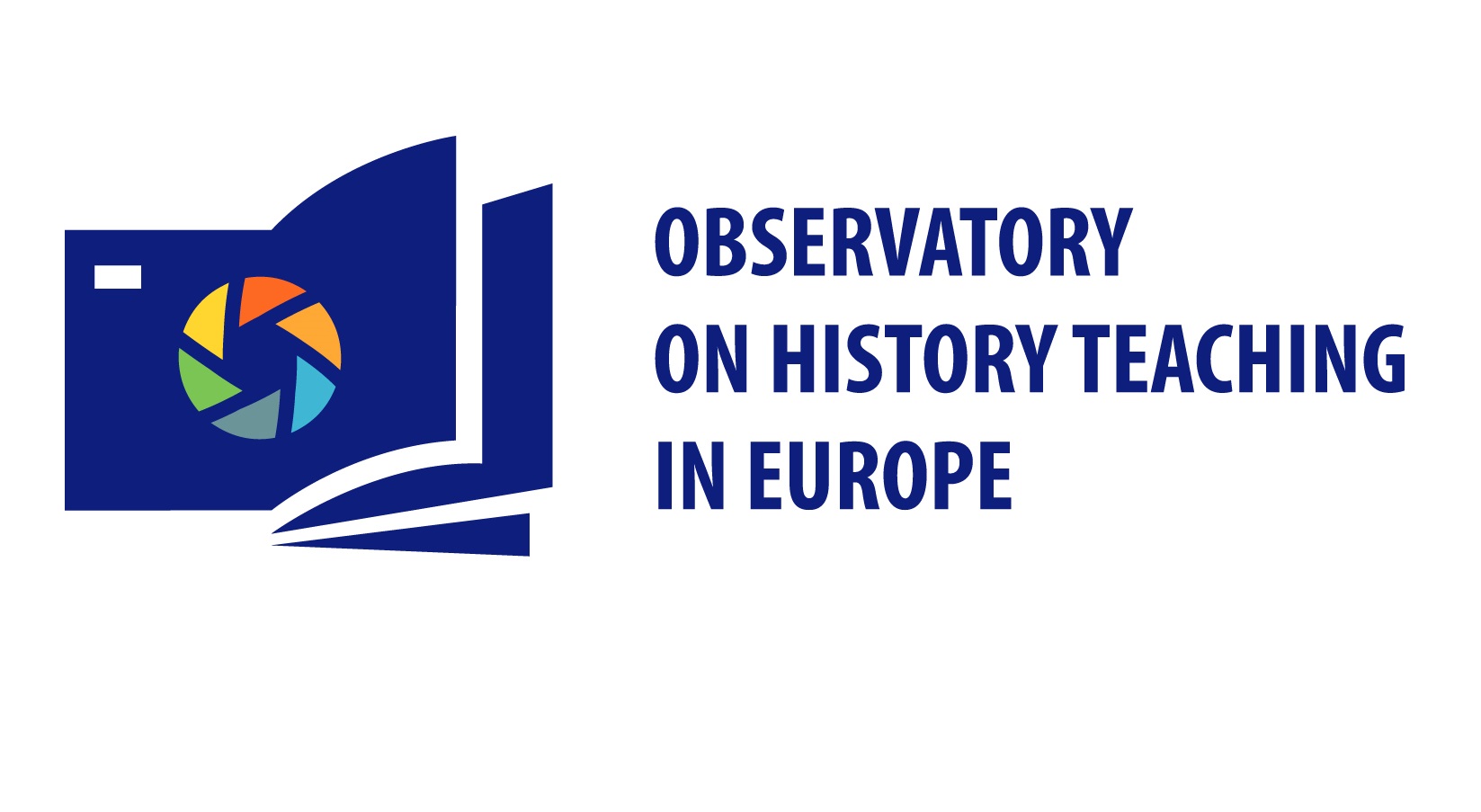Malta
STRUCTURE OF THE NATIONAL EDUCATION SYSTEM
 Source: Eurydice 2022/23
Source: Eurydice 2022/23
In Malta there are three categories of schools: state schools, church schools and independent schools. All of them offer pre-primary to upper secondary education, and they are all regulated by the Ministry of Education.
There are also a number of independent schools and international schools. In addition to these schools, there are four special needs resource centres in Malta. These have specialist teachers, as well as equipment and other resources for children with learning difficulties. The educational system is structured in three stages: pre-primary (ages 3-5), primary (ages 5-11), secondary (ages 11-18). Attending school is compulsory up to the age of 16.*
For more information on the national education system in Malta, please visit:
Ministry for Education and Sport
*OHTE Thematic report on "Pandemics and natural disasters as reflected in history teaching"
HISTORY IN SCHOOL
Data are currently being collected for the OHTE general report.
This section will host information on the space and time provided to ‘History’ as a subject matter within the three main levels of education (primary, lower secondary and upper secondary). It will also provide insights on the relationship between history and other school subjects.
HISTORY CURRICULUM
Data are currently being collected for the OHTE general report.
In primary school, the teaching of history, together with geography and social studies, falls under one umbrella subject called “social studies”. The compulsory subject environmental studies, which consists of geography, history and social studies, is introduced from year 9 (secondary education). In the context of environmental studies, its components are called geography general, history general and social studies general. Besides that, students can also, from year 9 onwards, choose history as an optional subject. All types of schooling are bound by state regulations, which includes the selection of teaching content and approaches. There is, however, a degree of autonomy in regard to the choice of teaching foci that can be selected from a number of defined options, lesson planning and in the selection of resources and teaching materials.*
Curricula workstation by GEI (History curricula search by country)
*OHTE Thematic report on "Pandemics and natural disasters as reflected in history teaching"
LEARNING OUTCOMES AND ASSESSMENT
Data are currently being collected for the OHTE general report.
This section will contain information on the learning outcomes set for history lessons within the different levels of education and on the methods of testing and assessment used in history examinations.
EDUCATIONAL RESOURCES AND PEDAGOGY USED IN THE HISTORY CLASSROOM
Data are currently being collected for the OHTE general report.
This section will host data on the study material and teaching practices used for history teaching within the different levels of education.
International TextbookCat (GEI collection of Textbooks and Educational Media)
HISTORY TEACHERS
Data are currently being collected for the OHTE general report.
This section will provide an overview of the number of history teachers within the different levels of education, as well as relevant information on teachers’ initial training and in-service training available to them.
Maltese History Teachers’ Association (presentation by EuroClio)
Maltese History Teachers’ Association (official website)
THEMATIC DATA
The Observatory on History Teaching in Europe also provides thematic studies on given topics.
2022: Pandemics and natural disasters as reflected in history teaching



